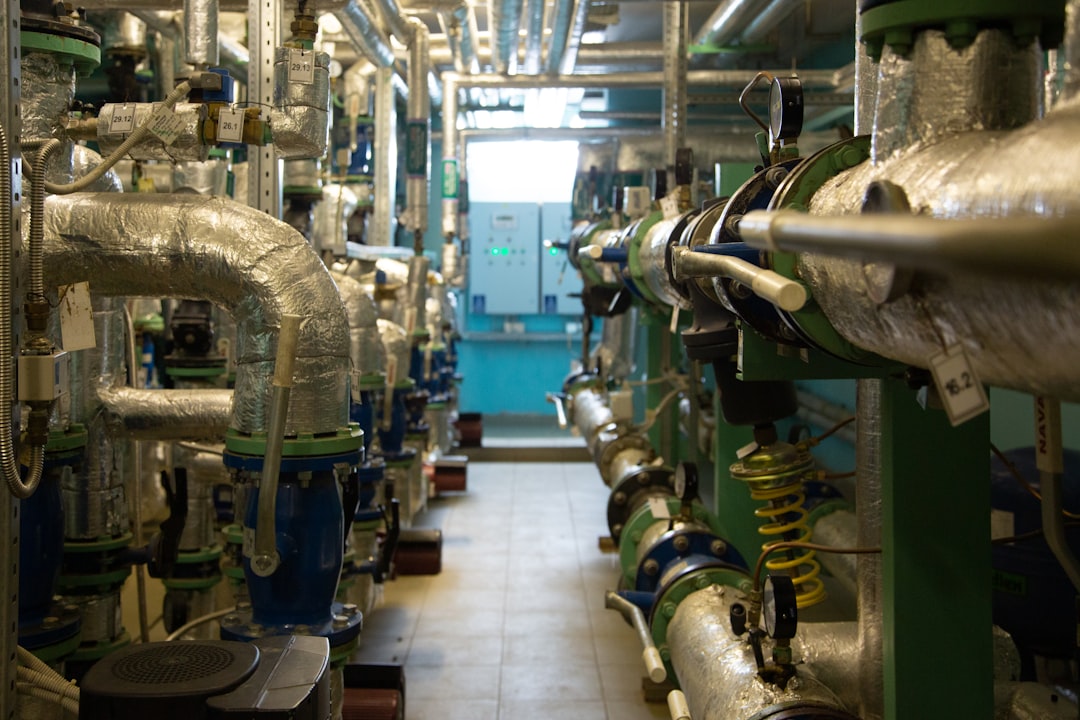In modern HVAC and refrigeration systems, maintaining a leak-tight environment is absolutely critical. Refrigerants are not only expensive but can also be harmful to both the environment and the system’s performance if lost to leakage. As environmental regulations become stricter and systems more efficient, the onus falls on trained technicians to ensure that refrigerant stays where it belongs—inside the system. Implementing leak-tight service practices is now one of the most essential skills for field technicians. Here’s how the industry’s best are rising to the challenge and keeping systems sealed tight.
- The Importance of Leak-Tight Service
- Technician Tools of the Trade
- Common Sources of Refrigerant Leaks and Prevention Techniques
- Best Practices for Leak-Free Installations
- Monitoring and Maintenance
- The Role of Regulations and Certifications
- Conclusion
- FAQ: Leak-Tight Service and Refrigerant Loss Prevention
The Importance of Leak-Tight Service
Refrigerants, especially HFCs and HCFCs, have a high Global Warming Potential (GWP). Their escape into the atmosphere contributes significantly to climate change. Besides the environmental dangers, leaky systems lead to:
- Decreased system performance
- Increased operational costs
- Higher frequency of service visits
- Potential legal liabilities under EPA Clean Air Act regulations
Thus, leak-tight service is not just good practice—it’s a necessity.
Technician Tools of the Trade
Modern HVAC/R professionals rely on a combination of traditional tools and emerging technologies to detect and prevent refrigerant leaks. These tools include:
- Leak detectors – from soap bubbles to high-sensitivity electronic sniffers
- Refrigerant gauges – for accurate pressure readings
- Micron gauges – to verify system vacuum integrity
- Ultraviolet dye kits – UV dyes and lights make invisible leaks visible
- Digital manifolds and analyzers – ensure precision and data logging
Training and experience play a pivotal role. Even the most advanced tool is only as good as the technician using it.

Common Sources of Refrigerant Leaks and Prevention Techniques
To effectively prevent leaks, technicians must understand where and why leaks occur. Most leaks form at connection points or where materials are subjected to stress, heat, vibration, or corrosion. Here are some of the most common sources and how they’re tackled:
1. Flared and Brazed Joints
Brazed joints offer better long-term sealing than flared ones, but errors in the brazing process can still lead to leaks. Proper cleaning, purging with nitrogen before and during brazing, and inspecting for pinholes are mandatory practices.
2. Schrader Valves and Service Ports
These small components are notorious for leaks. Technicians use cap seals and replace rubber components regularly to maintain a tight seal.
3. Mechanical Vibration and Movement
Compressors and fans cause vibrations that can stress the lines. Flexible connectors and vibration isolators help prevent this type of wear and tear, which often leads to microscopic fissures in the tubing.
4. Poor Flare Fittings
Improperly flared lines—or using old or low-quality flare tools—can create uneven seals. High-quality, calibrated tools and torque wrenches for proper tightening are essential.
5. Corrosion
Corrosive environments, especially near oceans or in industrial areas, can lead to external pitting and internal chemical reactions with refrigerants or acids. Protective coatings and proper system evacuation can extend the lifespan of components in these conditions.
Best Practices for Leak-Free Installations
Aside from finding and fixing leaks, technicians are trained to build systems that resist leakage from the outset. Here’s how they do it:
- Pressure Testing: Before charging a system with refrigerant, it’s pressurized with dry nitrogen to check for leaks.
- Deep Vacuum: Pulling the system to less than 500 microns removes moisture and air, which could cause internal corrosion and degrade refrigerant.
- Use of Filter-Driers: These components capture contaminants that could lead to erosion or acid formation inside the system.

Monitoring and Maintenance
Even after the best installations, ongoing vigilance is required. Regular system maintenance includes:
- Re-checking refrigerant levels using scales and gauges
- Using electronic leak detectors to spot small refrigerant leaks early
- Performing dye or ultrasonic inspections in environments where sensors may not function accurately
Many forward-looking companies are now using IoT-enabled monitoring systems that alert maintenance teams the moment any drop in pressure or increase in temperature anomalies are detected—potential signs of a leak.
The Role of Regulations and Certifications
In the U.S., EPA Section 608 requires technicians who maintain, service, or dispose of appliances containing regulated refrigerants to be certified. This includes understanding proper handling techniques, leak prevention and detection, and environmental risks.
Additionally, ASHRAE and ANSI standards provide guidelines for proper installation protocols and pressure ratings for fittings and hoses. Technicians who pursue continuous education via institutions like RSES and NATE demonstrate their commitment to upholding industry standards and leak-tight quality.
Conclusion
Leak-tight service is a blend of technical precision, proper planning, and environmental responsibility. Field technicians are not just maintaining mechanical systems; they are stewards of efficiency, safety, and sustainability. Through rigorous training, the correct application of tools, and mindful attention to detail, they ensure that every HVAC or refrigeration system remains sealed, efficient, and environmentally friendly.
FAQ: Leak-Tight Service and Refrigerant Loss Prevention
- Q: How often should a system be checked for leaks?
A: It depends on the system size and regulatory requirements. Typically, systems are checked during annual maintenance, but high-GWP systems might require quarterly checks. - Q: Is it legal to recharge a leaking HVAC system?
A: No. EPA regulations mandate repair of the leak before adding refrigerant except in certain small appliance scenarios. Continuous topping off is prohibited. - Q: Which leak detection method is the most accurate?
A: Each method has pros and cons. Electronic sniffers are very sensitive, while UV dyes offer visual confirmation. Many technicians use a combination for best results. - Q: How can homeowners help prevent refrigerant loss?
A: Regular maintenance visits, replacing filters, and ensuring installations are done by certified professionals all contribute to leak prevention. - Q: What happens if a leak is not repaired?
A: Leaks reduce efficiency, increase operating costs, can damage components, and may subject the owner to legal penalties for environmental violations.



Leave a Reply